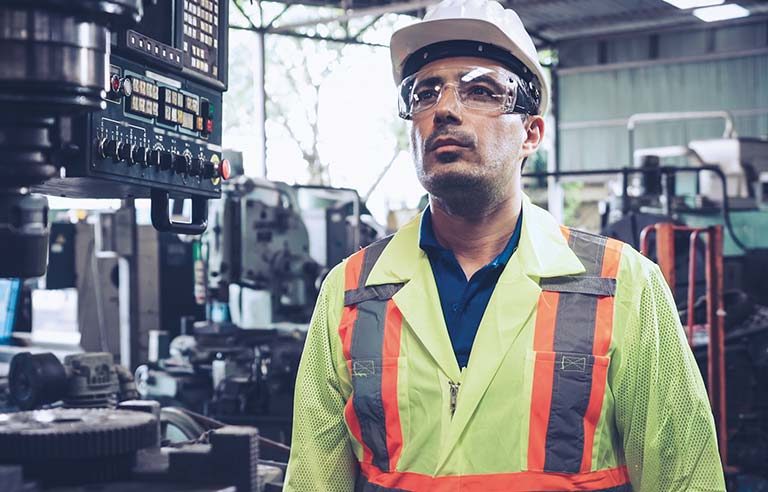Trends in personal protective equipment 2021
'A big move to better PPE'

Page 3 of 3
What innovations and technologies are here or on the horizon?
“New technologies have made it possible to create feather-light materials with the highest levels of cut protection. When you add advanced glove coatings that can absorb oils without saturating the glove, or that are custom-made for specific industries like glass with special handling needs, we’re getting down to a level of specificity that will be able to serve any industry with any need.
“New technologies in heat safety are providing materials that cool almost instantly and stay cool for as long as two full hours with unlimited reactivation. This is a huge benefit for workers who need more than shade and hydration to keep them safe from heat illness.”
– Anderson
“Safety is top of mind as the country reopens and workers return to their place of employment, where they want to feel protected more than ever before. Ensuring workers are protected means ensuring equipment is used, and that it is used properly. To do so, we’re seeing more employers deploy ‘smart’ technology that can responsibly monitor, collect and record location and movement data, with worker privacy in mind, to help managers determine if equipment is used properly and potentially prevent accidents.”
– Charles Johnson, president and CEO, International Safety Equipment Association
“Main innovations revolve around improving comfort/fit of PPE so that workers continue to be compliant and productive.”
– Kachlan
“Material innovation recently became an important focus. It is critical to understand what materials, in and out of our industry, offer the most protection, functionality, and comfort. Take gloves, for instance: There are multiple factors and jobsite requirements that go into a user’s decision, including cut resistance, impact resistance, dexterity, climate and more.”
– Richman
“As technology continues to advance at hypersonic speed, worksites are getting much smarter. In addition to the rising popularity of QR codes with their ability to instantly and interactively communicate messages, IoT technologies are providing immediate feedback to keep workers safe. These smart sensors can identify hazardous areas, ensure proper PPE is being worn, and even alert workers to dangerous heat and cold stress conditions – signaling break times and encouraging hydration or other preventative actions. These advancements are opening doors to things we never thought possible. It’s an exciting time for sure.”
– Thunstrom
Post a comment to this article
Safety+Health welcomes comments that promote respectful dialogue. Please stay on topic. Comments that contain personal attacks, profanity or abusive language – or those aggressively promoting products or services – will be removed. We reserve the right to determine which comments violate our comment policy. (Anonymous comments are welcome; merely skip the “name” field in the comment box. An email address is required but will not be included with your comment.)

